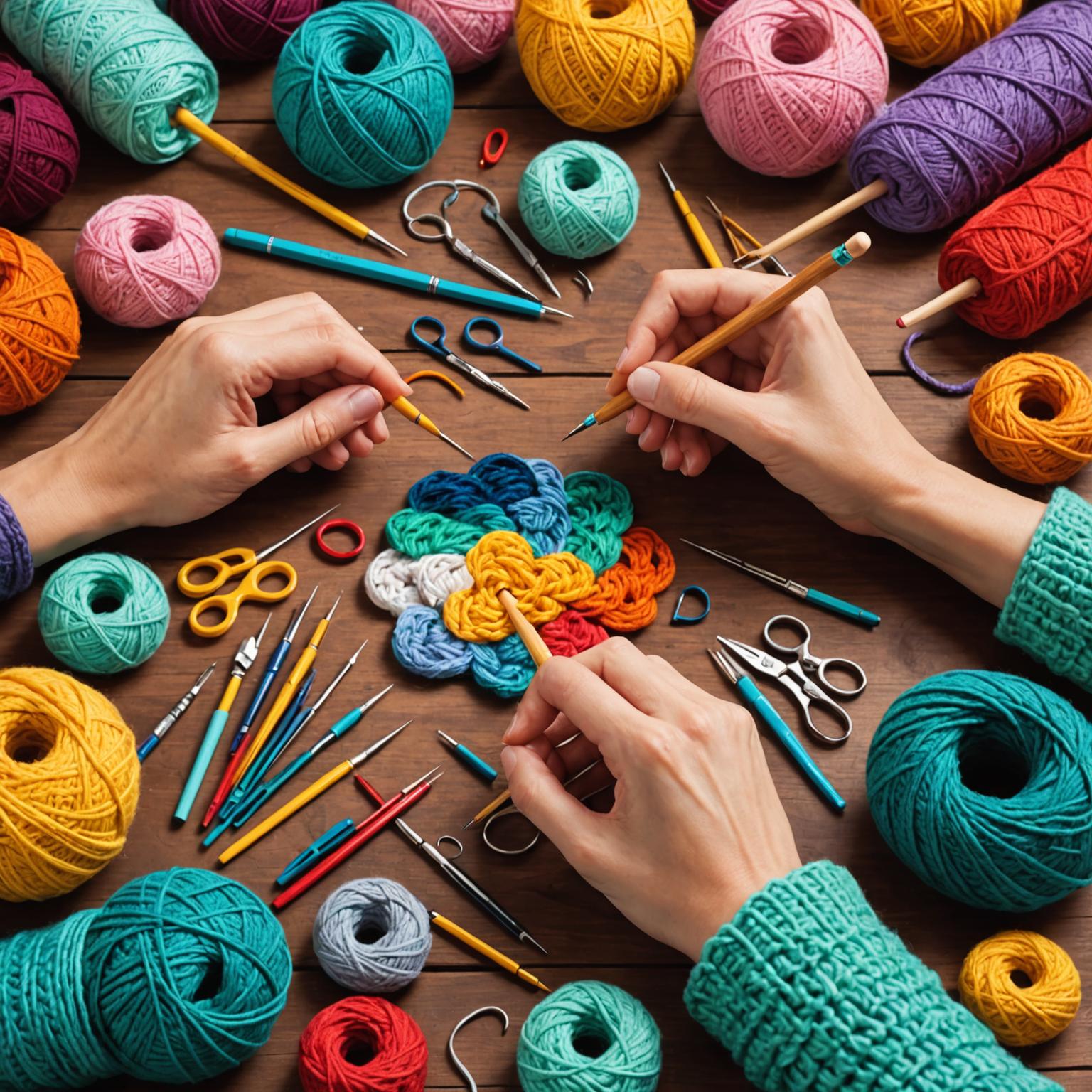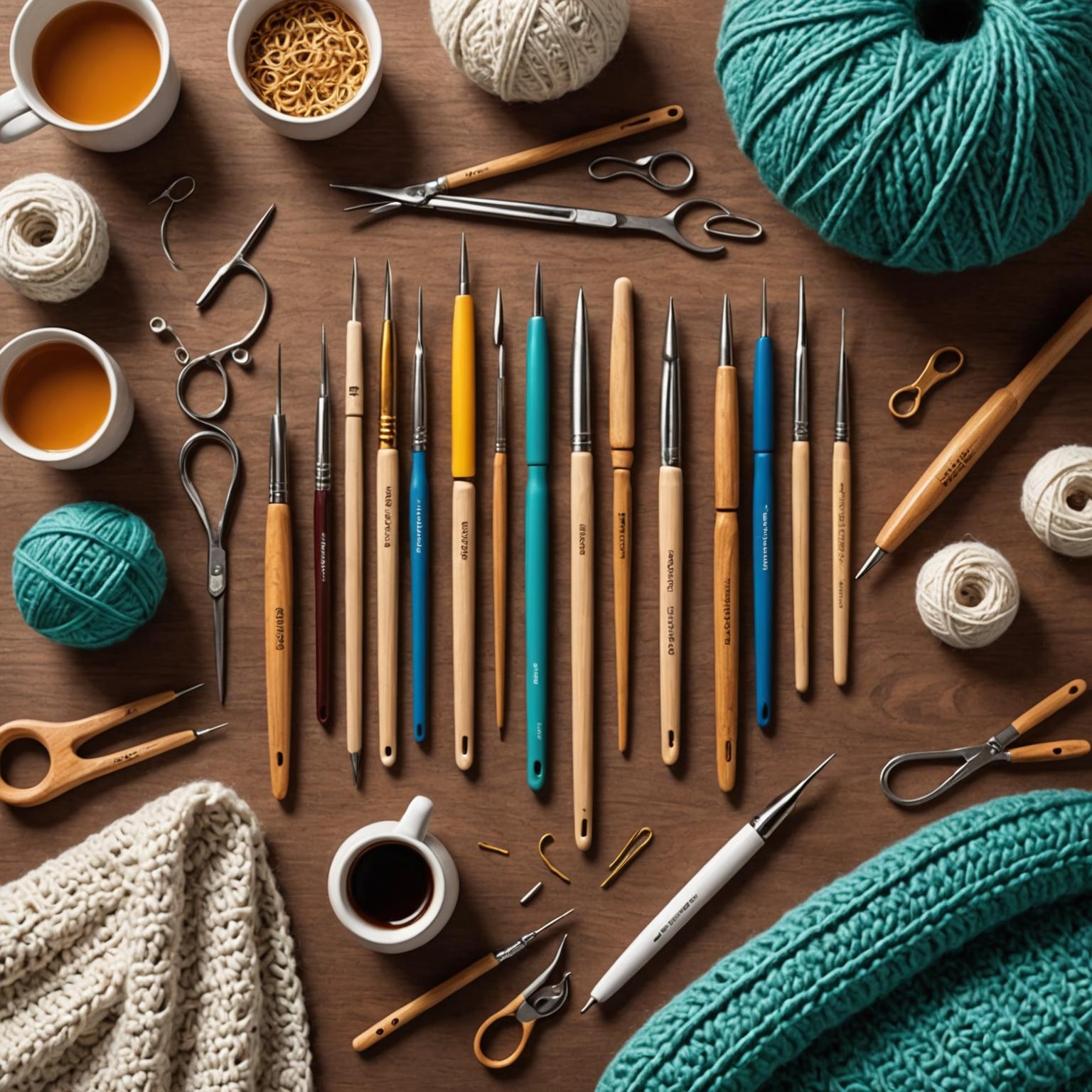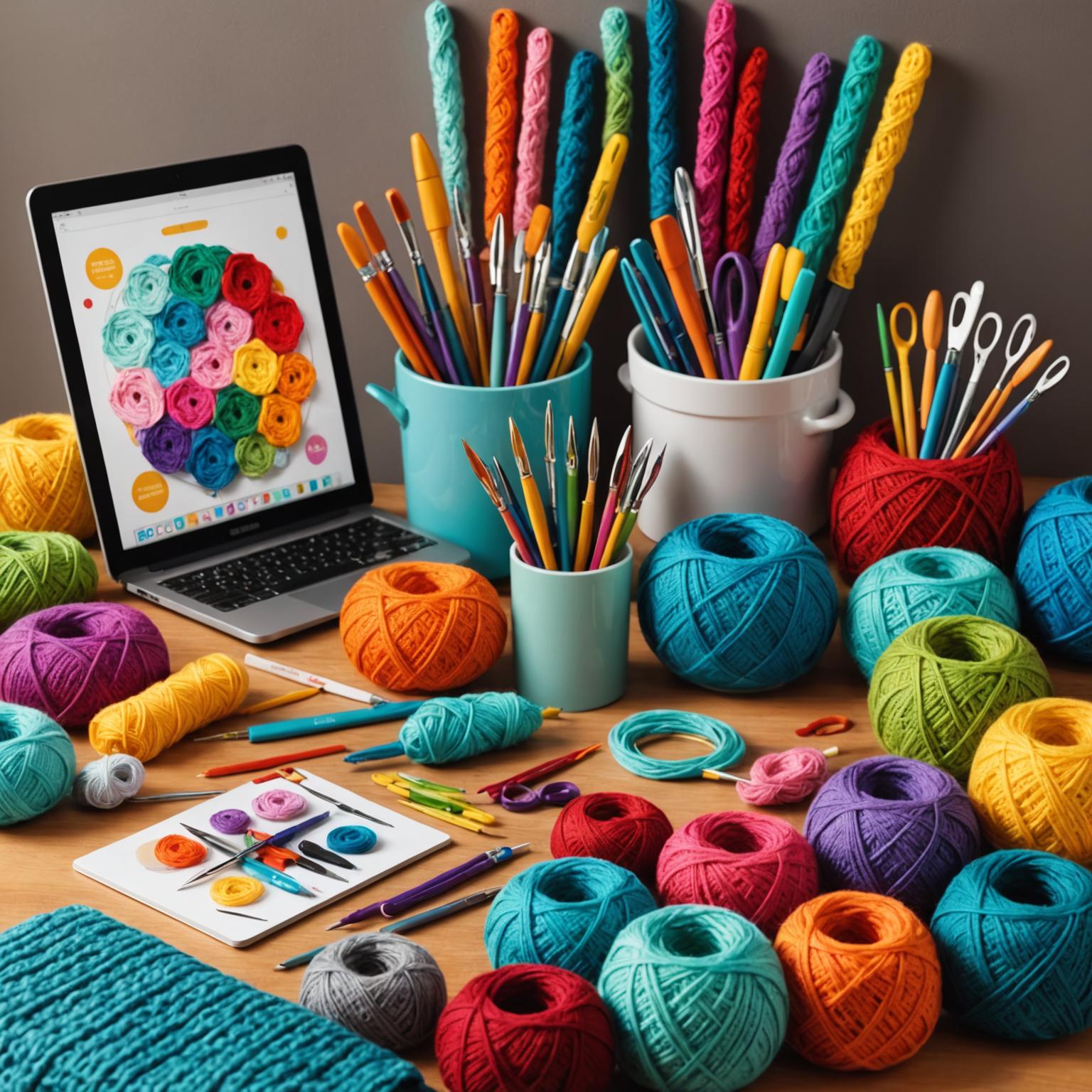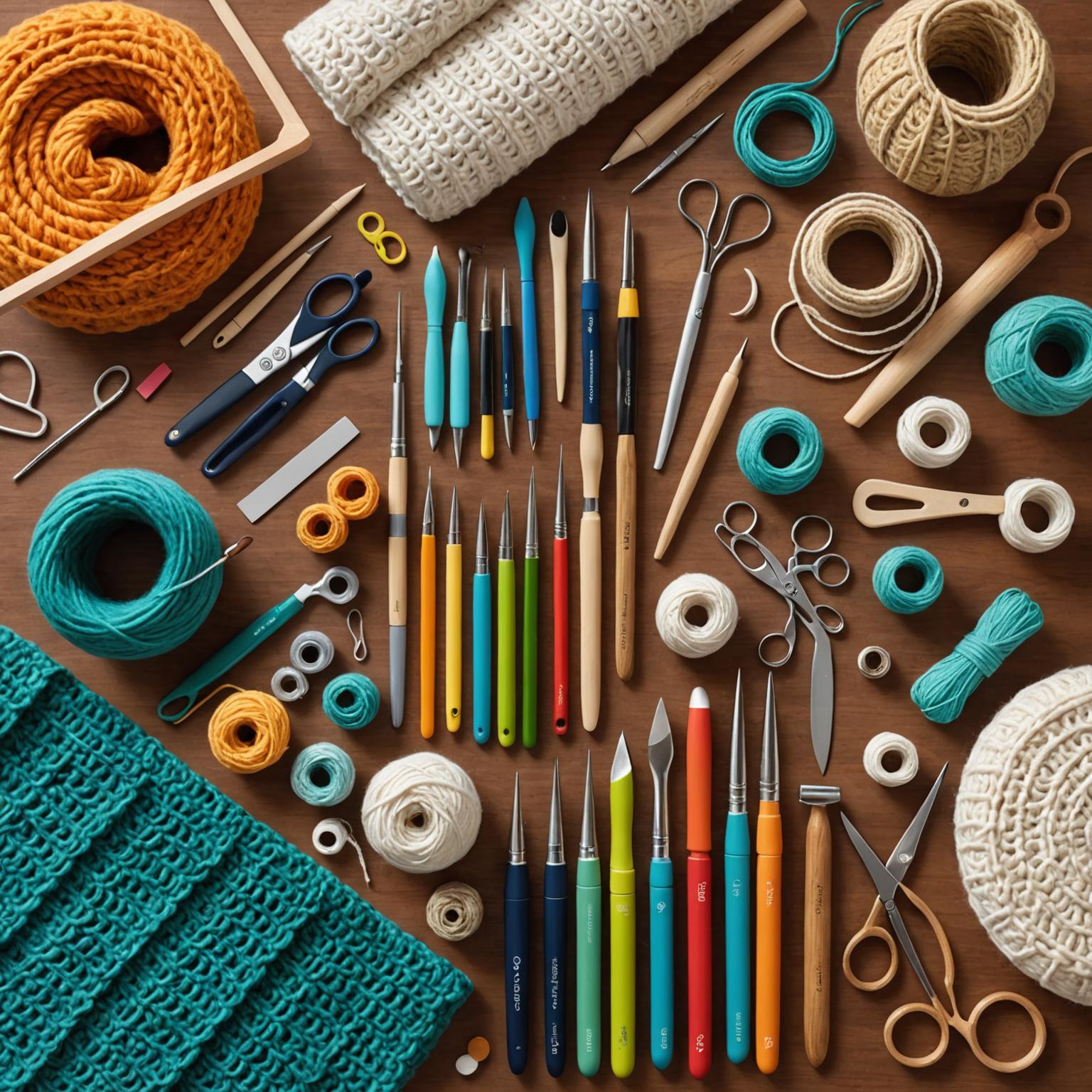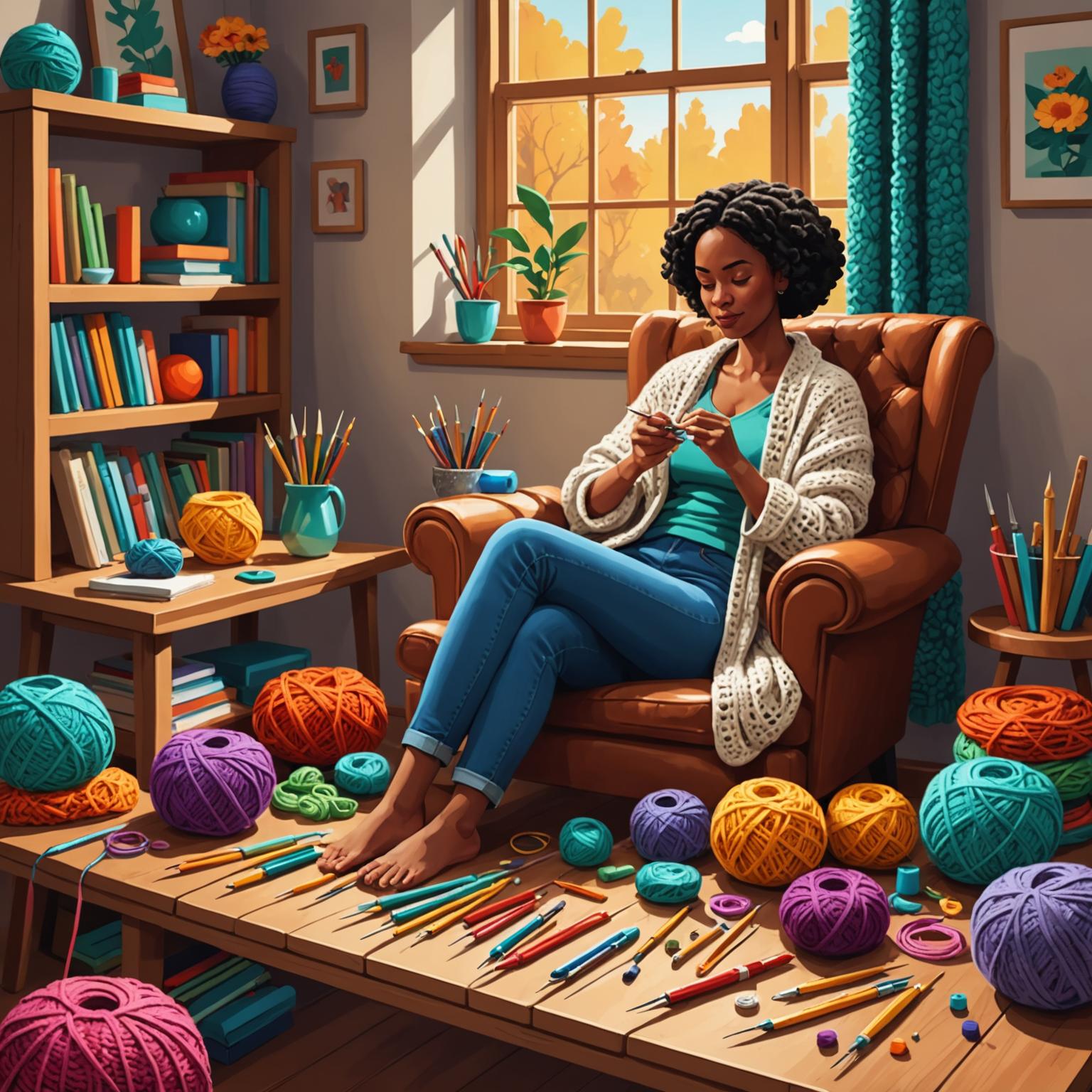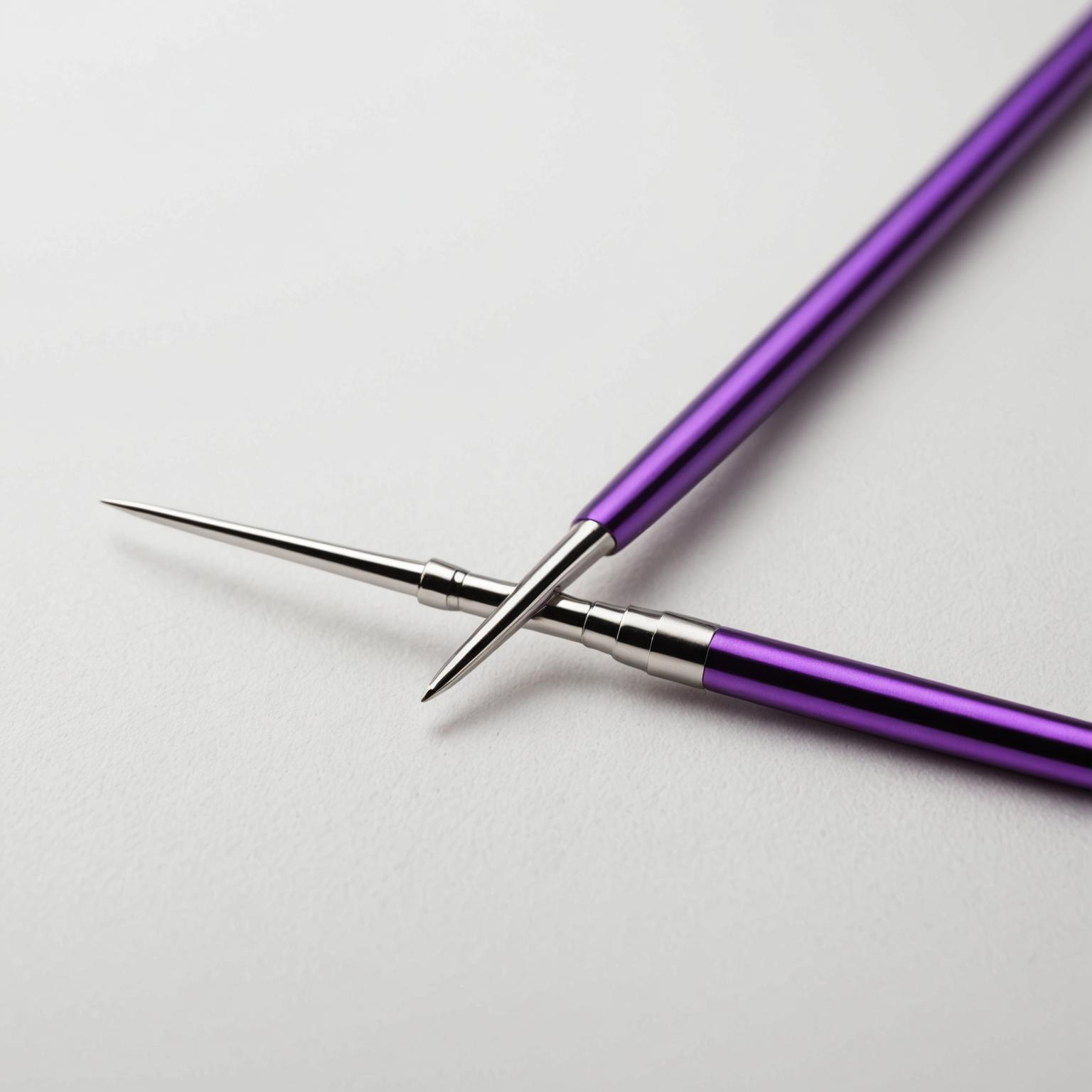
Why Ergonomic Crochet Hooks are a Game-Changer
For anyone who spends hours with yarn and a hook, comfort is not a luxury, it's a necessity. This is where ergonomic crochet hooks make a significant difference. Unlike traditional, straight aluminum or plastic hooks, ergonomic models are specifically designed to reduce strain on your hands, wrist, and fingers. They typically feature larger, softer, and specially shaped handles that fit more naturally into the palm of your hand. This design encourages a more relaxed grip, which can prevent or alleviate pain associated with repetitive strain injuries like carpal tunnel syndrome. The materials for these handles vary widely, from soft-touch silicone and smooth, warm bamboo to lightweight, molded plastic, allowing each crafter to find the texture and shape that feels best for them. Investing in a set of ergonomic crochet hooks is an investment in your long-term crafting health and enjoyment, enabling you to work on larger projects for longer periods without discomfort.
Navigating the World of Crochet Hook Sizes
Understanding crochet hook sizes is fundamental to successful crocheting. The size of the hook directly determines the size of your stitches, which in turn affects the overall gauge and dimensions of your finished project. Using the wrong size can result in a garment that is too large or too small, or a blanket that doesn't have the desired drape. Hook sizes are typically measured in millimeters (mm), but you will also encounter different regional systems, such as the US letter and number system (e.g., G/6) and the UK number system. Thankfully, most modern hooks are labeled with both the metric and US sizes. Your yarn label is the first place to look for a recommended hook size, but this is just a starting point. Always create a gauge swatch before beginning a major project, especially for wearables. This involves crocheting a small square and measuring your stitches per inch to ensure they match the pattern's requirements. Adjusting your hook size up or down allows you to perfectly match the gauge, ensuring your project turns out exactly as planned. Having a versatile range of crochet hook sizes at your disposal is essential for any serious crafter.
Innovation in Crafting: The Dual-Function Hook
A truly remarkable example of innovation in the crafting world is the Addi Duett Crochet and Knitting Hook. This tool brilliantly addresses the needs of the multi-talented artisan who loves to switch between techniques. Meticulously crafted from durable yet lightweight all-aluminum material and finished in a striking pink, the Addi Duett is designed for both style and supreme functionality. One end features a perfectly tapered crochet hook for creating classic stitches, while the other end boasts a sleek knitting needle point. This dual-function design is a game-changer for projects that incorporate both crafts, such as adding a crocheted border to a knitted piece, or for picking up dropped knitting stitches with ease. It eliminates the need to fumble for a separate tool, streamlining your creative process. Its thoughtful design also contributes to a comfortable crafting experience, allowing you to work for hours. This tool is a testament to how modern design can elevate traditional crafts, offering versatility and efficiency without compromising on quality or aesthetic appeal.
How to Select Your Perfect Crochet Hook
With so many options available, choosing your ideal hook can seem daunting. The journey to finding the best crochet hooks for you is a personal one, influenced by several factors. First, consider the material. Aluminum hooks are slick and fast, allowing yarn to slide easily, which is great for speed. Bamboo and wood hooks offer more grip and a warmer feel, which some crafters prefer to prevent stitches from slipping off too easily. Plastic hooks are lightweight and affordable, making them a good option for beginners or for very large hook sizes. Next, think about your grip style—do you hold your hook like a pencil or a knife? Different handle shapes on ergonomic crochet hooks cater to these different grips. Finally, consider the types of projects you enjoy. If you primarily work with fine threads for lace, you will need a set of steel hooks in very small sizes. If you love chunky blankets, you will need larger hooks. Ultimately, the best approach is to experiment. Try out a few different types and sizes to see what feels most comfortable and produces the best results with your chosen yarn. Your hands will tell you when you’ve found the perfect match.

